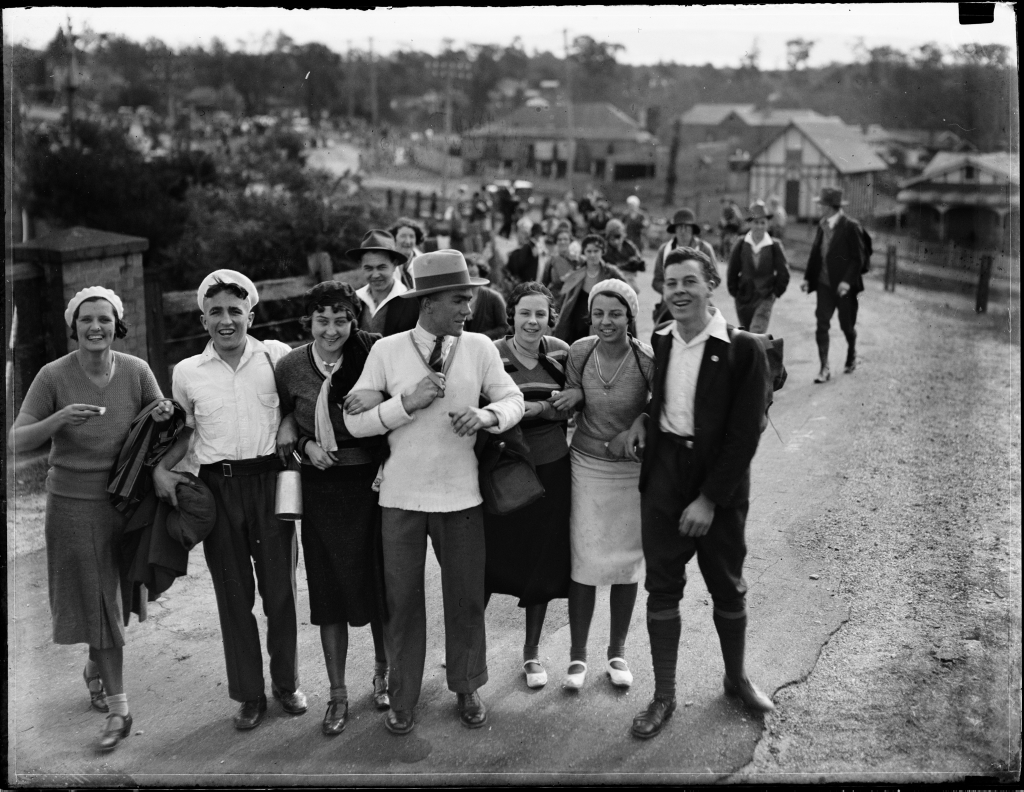Crowdsourcing is a form of digitally-enabled participation that promises deeper, more engaged relationships with the public via meaningful tasks with collections. This project brings together world-leading experts to document the state of the art in designing, managing and integrating crowdsourcing activities, and to look ahead to future challenges and unresolved issues that could be addressed by larger, longer-term collaboration on methods for digitally-enabled participation.
At its best, digitally-enabled participation creates meaningful opportunities for the public to experience collections while undertaking a range of tasks that make those collections more easily discoverable by others. As such, it has generated a lot of excitement and a plethora of projects, but this popularity also means that audience expectations about the quality of the task, the data produced and the curatorial practice that underlies it are increasing. As digitally-enabled participation moves from an emergent to an established activity in museums and other cultural institutions, expectations—and fears—about its integration with existing practices and standards have become more pressing.
At the same time, the increasing prominence of crowdsourcing and digital volunteering projects has attracted criticism, such as accusations of ‘free labour’. Practitioners and theorists have had thoughtful conversations about ethical design and community engagement, but they are not readily accessible to those outside the field. This project is a timely opportunity to explore and address these criticisms, amplifying the thoughtful conversations about ethical design and community engagement that circulate amongst practitioners.
Crowdsourcing is an effective tool for engaging audiences who already possess an interest in specific collections, time periods, or historical figures. It can be a tool to build new relationships with these audiences, wherein the traditional relationship between institution and user is blurred, inviting audiences to act as researcher, curator, and expert. More work remains to be done on how to ensure that crowdsourcing methods extend to new and non-traditional audiences, particularly those who have traditionally been under-represented in these spaces.
Thanks
Our thanks to the Arts and Humanities Research Council (AHRC) for funding this project with a UK-US Collaboration for Digital Scholarship in Cultural Institutions Partnership Development Grant.
Their funding of our proposal “From crowdsourcing to digitally-enabled participation: the state of the art in collaboration, access, and inclusion for cultural heritage institutions” (AH/T013052/1) through an AHRC UK-US Partnership Development Grant made the Collective Wisdom project possible.
